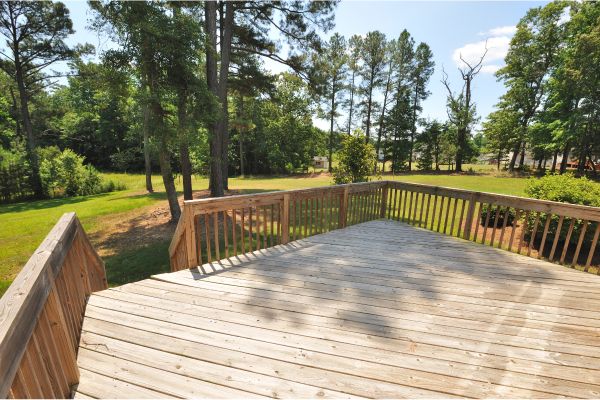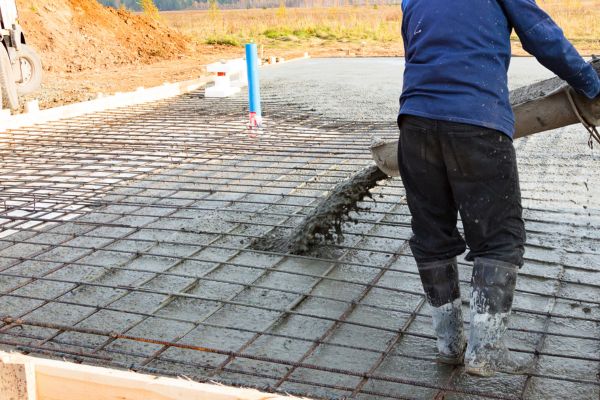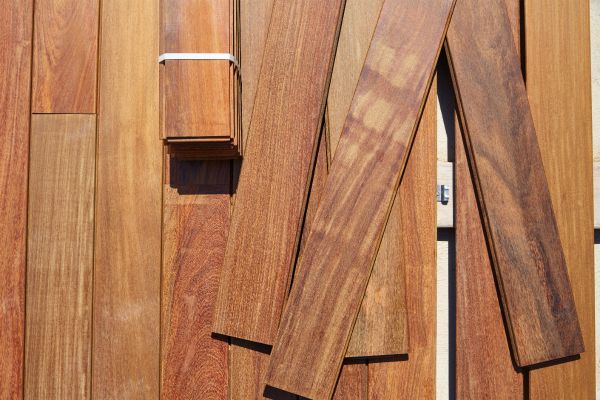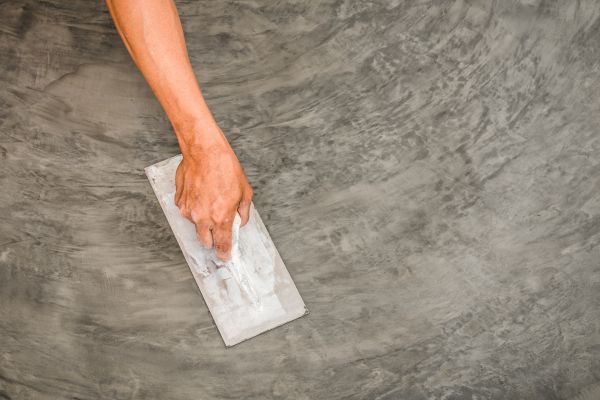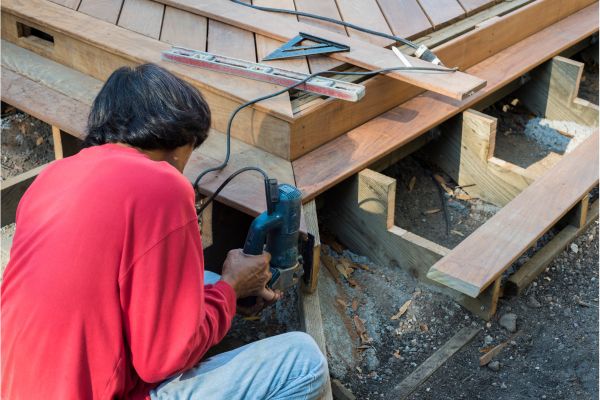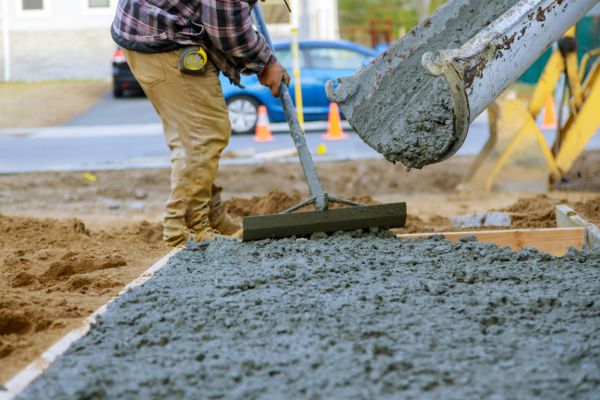Building a deck is a popular way to enhance outdoor living spaces, but the environmental impact of traditional construction methods can be significant. In this guide, we’ll explore how you can build an eco-friendly deck using sustainable materials and practices. By making conscious choices throughout the construction process, you can create a beautiful outdoor space while minimizing your environmental footprint.
Understanding Sustainable Deck Materials
When it comes to eco-friendly deck building, the choice of materials plays a crucial role. Here are some sustainable options to consider:
- Recycled Materials: Products made from recycled plastics and wood fibers offer durability and low maintenance.
- Natural Wood Alternatives: Bamboo is a rapidly renewable resource that makes an excellent decking material.
- Sustainable Wood Options: Look for wood certified by the Forest Stewardship Council (FSC), ensuring it comes from responsibly managed forests.
Comparing these materials in terms of durability, environmental impact, and cost can help you make an informed decision that aligns with your sustainability goals.
Eco-Conscious Deck Design Practices
In addition to choosing sustainable materials, thoughtful design can further enhance the eco-friendliness of your deck. Consider:
- Efficient Use of Space and Materials: Minimize waste by carefully planning the size and layout of your deck.
- Maximizing Natural Resources: Position your deck to take advantage of sunlight and airflow, reducing the need for artificial heating and cooling.
- Incorporating Green Elements: Integrate planters, green walls, and rainwater harvesting systems to promote biodiversity and conserve resources.
Building Techniques for Sustainability
Low-impact construction methods are essential for minimizing environmental harm during deck building. Key practices include:
- Minimizing Waste: Reuse and recycle materials wherever possible to reduce landfill waste.
- Energy-Efficient Building Practices: Choose tools and techniques that minimize energy consumption during construction.
- Proper Installation and Maintenance: Ensure your deck is properly sealed and maintained to maximize its lifespan and minimize the need for repairs.
Environmental Certifications and Regulations
Understanding environmental certifications like LEED can help guide your eco-friendly deck building efforts. Additionally, familiarize yourself with local building codes and regulations to ensure compliance with environmental standards.
Long-Term Benefits of Eco-Friendly Deck Building
Building an eco-friendly deck offers numerous benefits beyond environmental stewardship:
- Environmental Impact Reduction: By choosing sustainable materials and practices, you can reduce your carbon footprint and protect natural resources.
- Cost Savings: Energy-efficient design and durable materials can lead to long-term cost savings on energy bills and maintenance.
- Increased Property Value: Eco-friendly features can enhance the appeal and marketability of your home.
Case Studies and Success Stories
Real-life examples of eco-friendly deck projects showcase the potential of sustainable construction methods. Hearing from homeowners, builders, and environmental experts can provide valuable insights and inspiration for your own project.
Takeaway
Building an eco-friendly deck requires careful consideration and planning, but the benefits are well worth the effort. By choosing sustainable materials and practices, you can create a beautiful outdoor space that enhances your home while protecting the planet for future generations.

